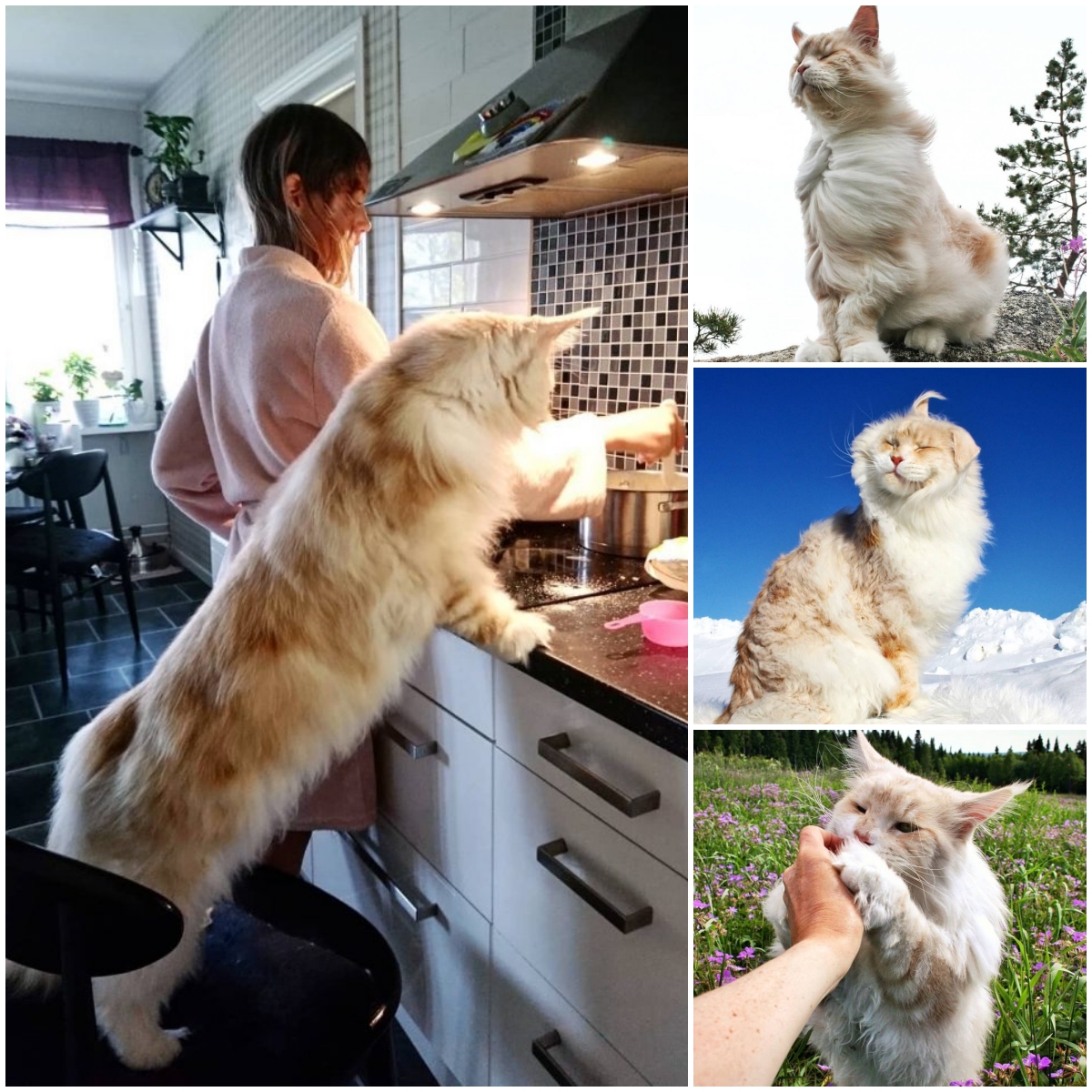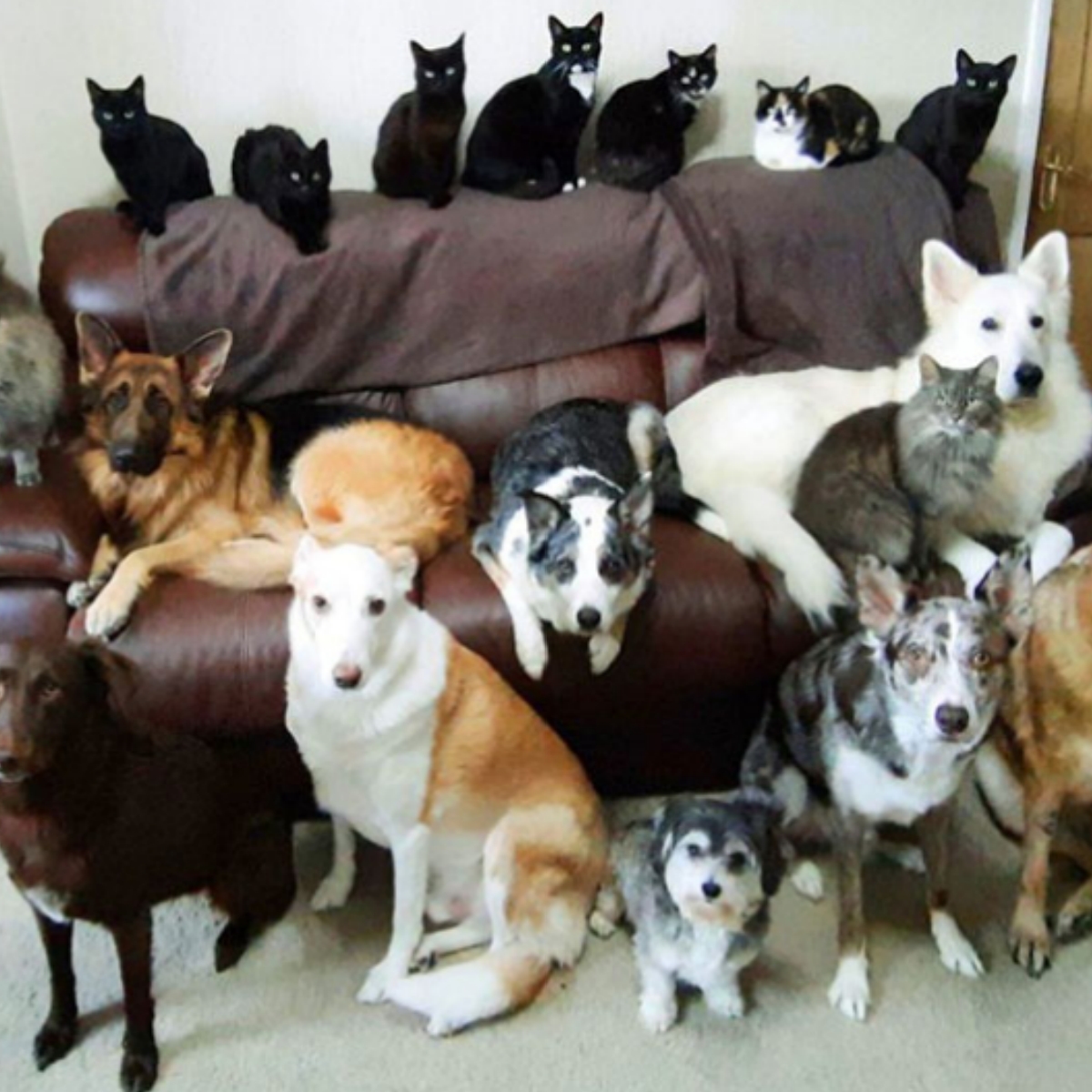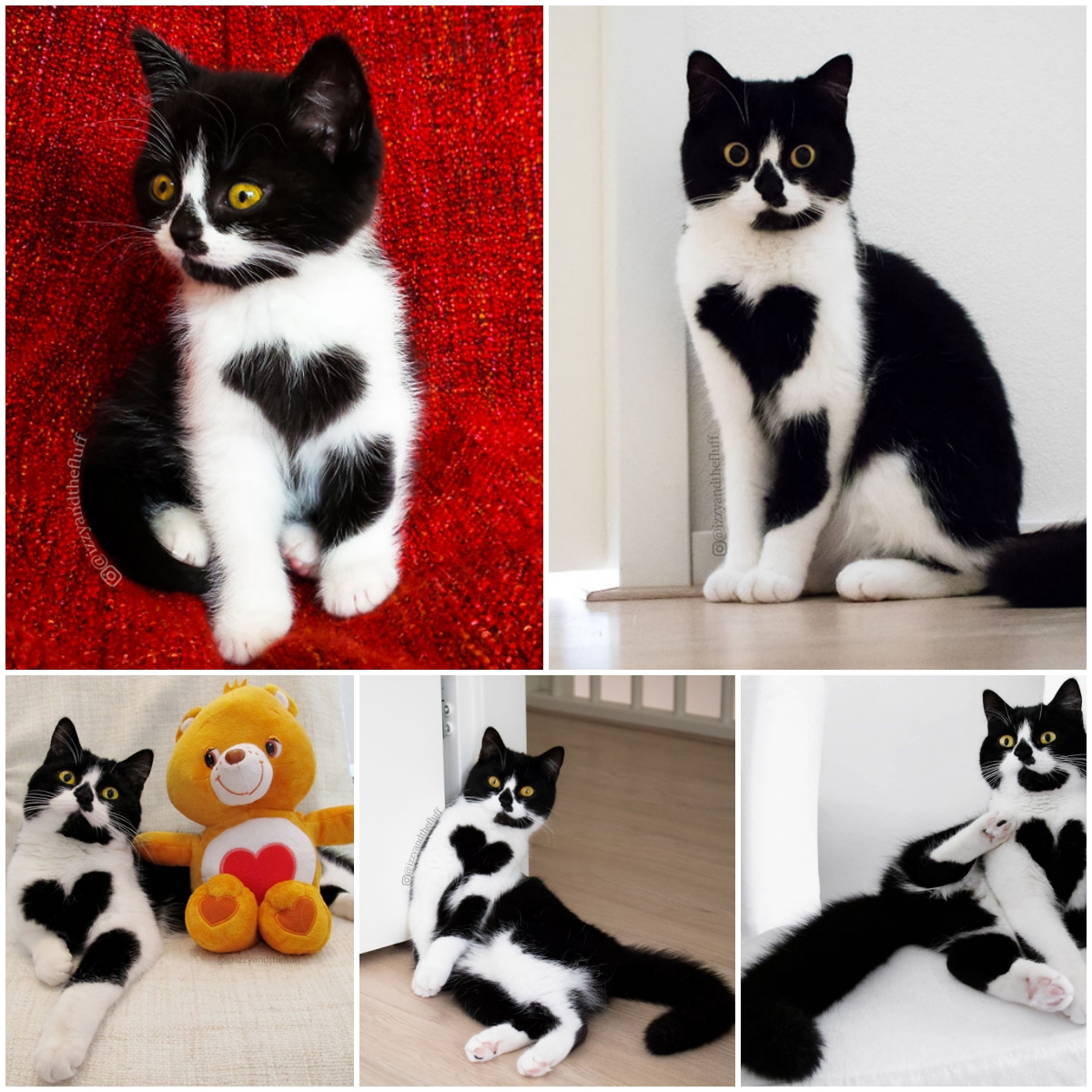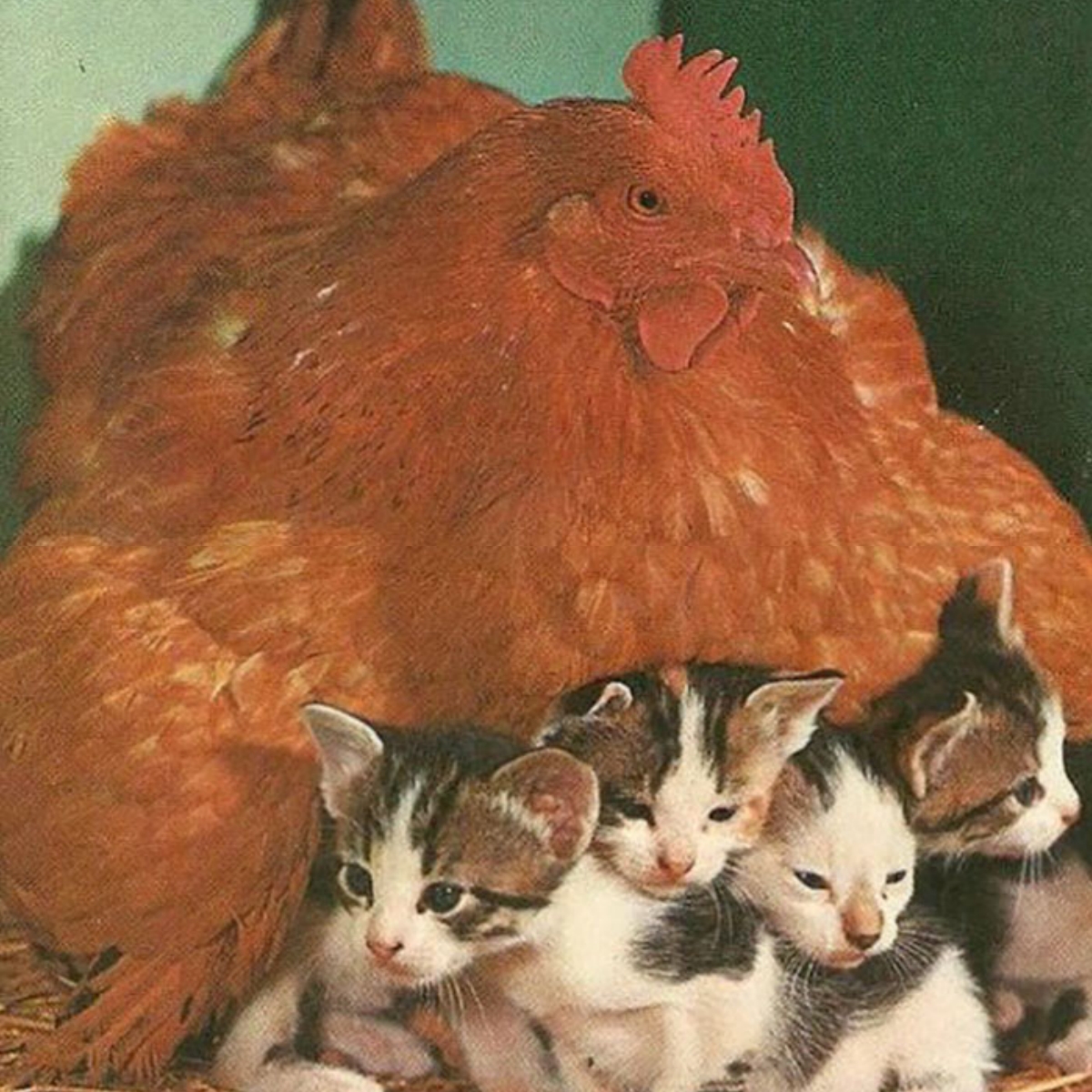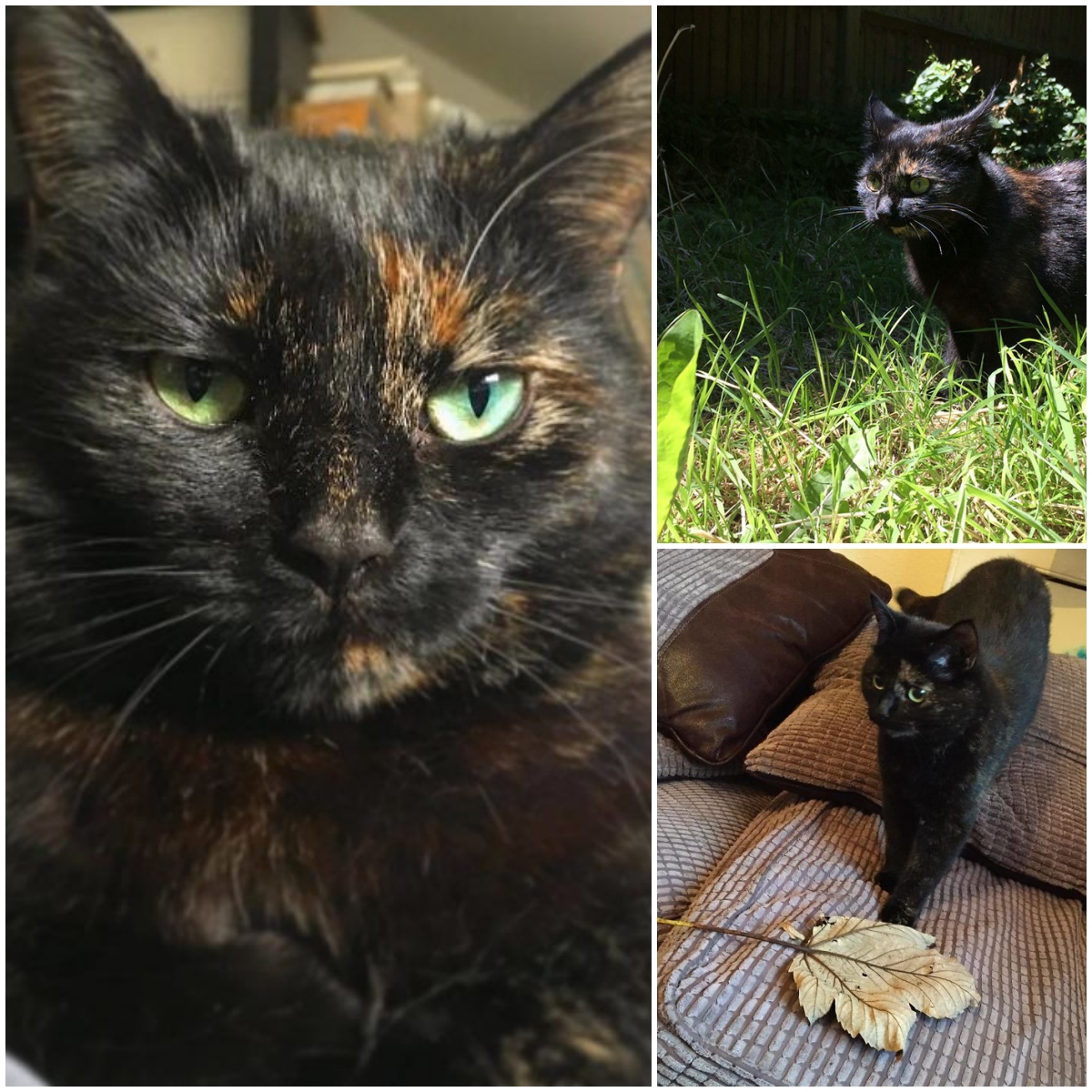The red fox (Vulpes vulpes) is one of the most widespread and adaptable mammals on the planet, found across diverse habitats ranging from the frozen tundra to arid deserts. Known for its striking reddish-orange fur, bushy tail, and cunning behavior, the red fox has fascinated humans for centuries. This article explores the characteristics, habitat, behavior, and ecological significance of the red fox.
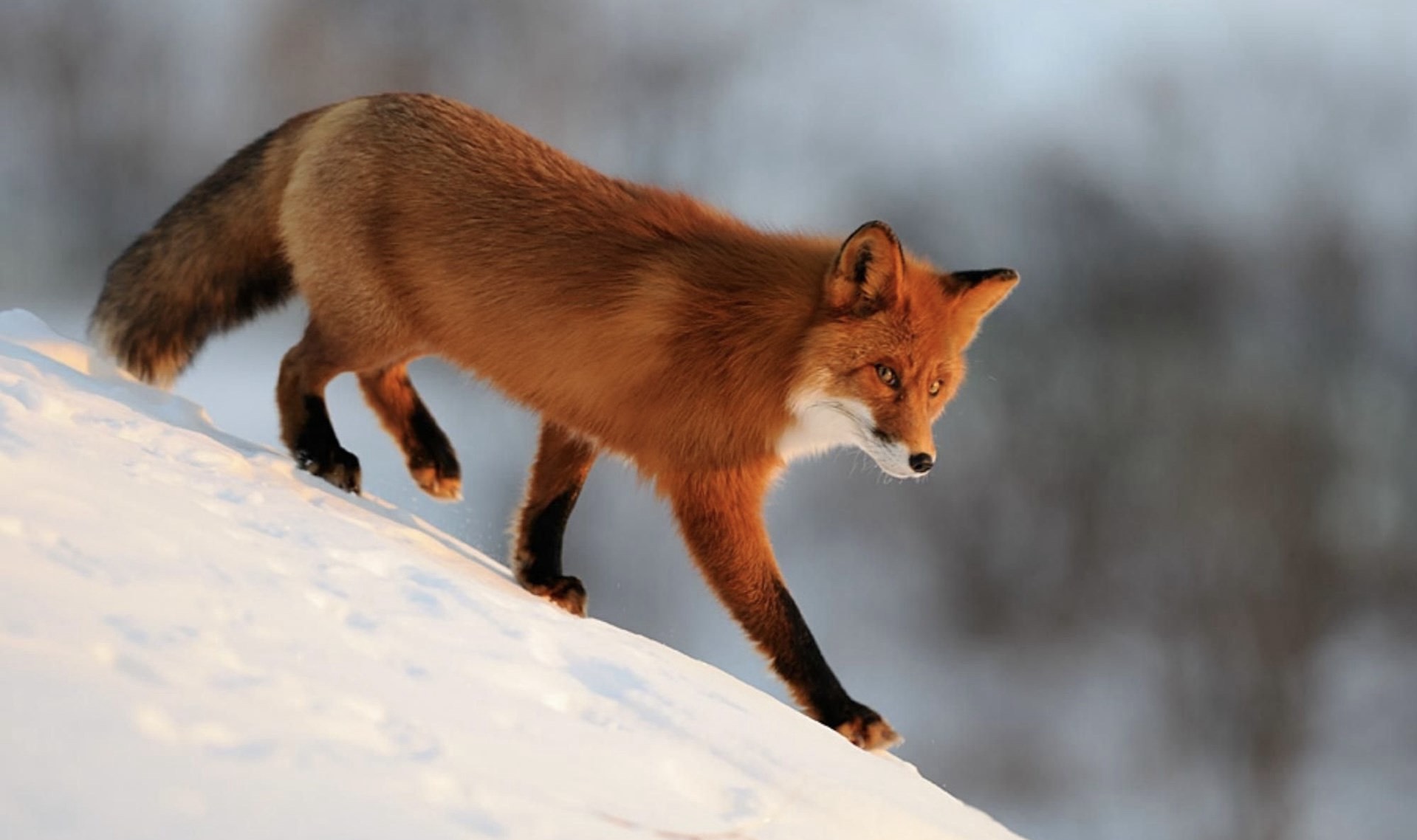
Characteristics
Red foxes are medium-sized canids, typically weighing between 6 to 15 pounds and measuring about 14 to 20 inches at the shoulder, with a body length of 18 to 35 inches and a tail that adds another 12 to 21 inches. Their dense fur varies in color, but the most common is the vibrant reddish-orange that gives them their name. They also have black legs, a white-tipped tail, and a distinctive white underbelly and throat. Their keen sense of hearing and smell, along with sharp eyesight, make them formidable hunters.

Habitat and Distribution
The red fox is native to the Northern Hemisphere, spanning North America, Europe, Asia, and parts of North Africa. It thrives in a variety of environments, including forests, grasslands, mountains, and urban areas. This adaptability has allowed the red fox to flourish even in human-dominated landscapes, where it often lives in close proximity to people.
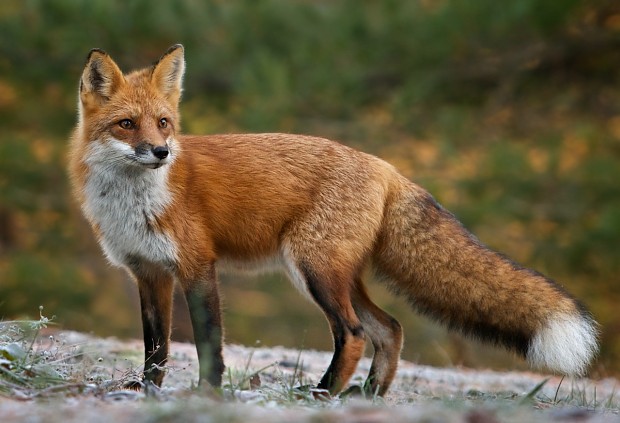
Behavior and Diet
Red foxes are solitary animals, primarily nocturnal, although they can sometimes be active during the day. They are known for their cunning and intelligence, which are evident in their hunting techniques and problem-solving abilities. Their diet is highly varied and omnivorous, including small mammals, birds, insects, fruits, and vegetables. In urban areas, they may scavenge for human food waste, which has led to their reputation as opportunistic feeders.
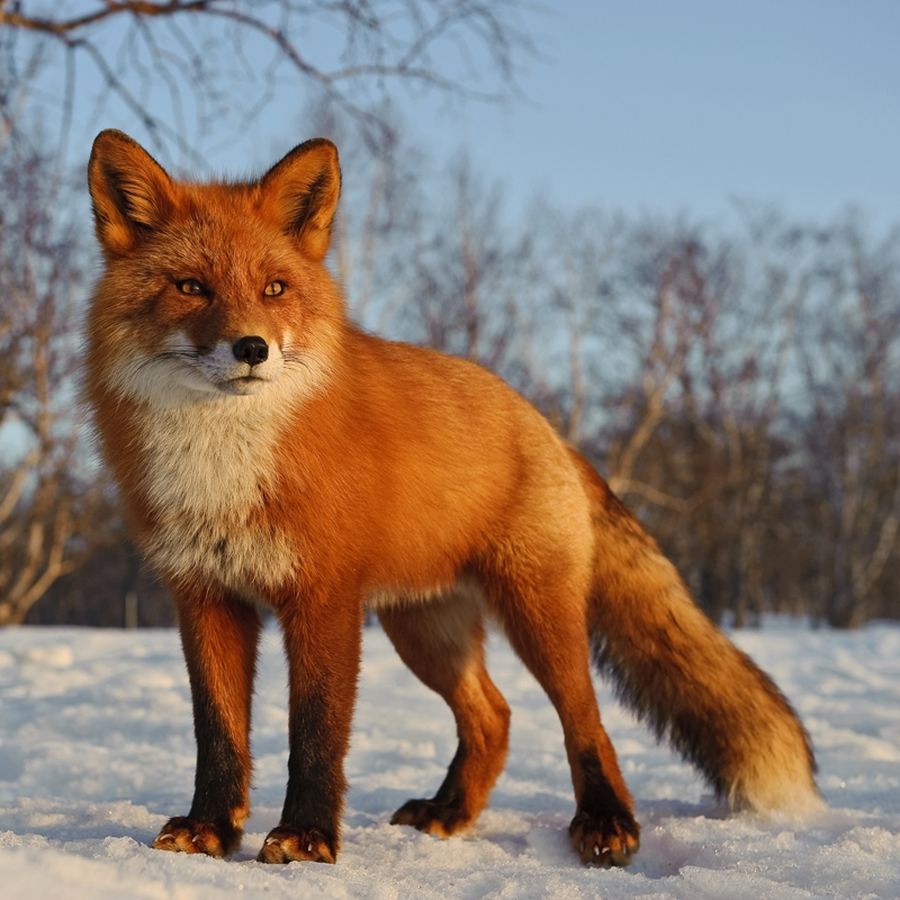
Foxes communicate through a variety of vocalizations, body language, and scent marking. They have a range of calls, from barks and screams to more subtle sounds like gekkering, used primarily during social interactions or mating season.

Reproduction
Red foxes typically mate in the winter, with a gestation period of about 49-55 days. They give birth to litters of 4-6 kits, usually in early spring. The kits are born blind and rely on their mother for warmth and nutrition. Both parents are involved in raising the young, with the male often providing food while the female stays with the kits. By autumn, the young foxes are ready to venture out on their own.

Ecological Significance
Red foxes play a crucial role in their ecosystems as both predators and prey. By controlling the populations of small mammals and other prey species, they help maintain ecological balance. Their presence also affects the behavior and distribution of other animals, contributing to biodiversity.
In some regions, however, red foxes are considered invasive species, particularly in Australia, where they have had a detrimental impact on native wildlife. Conservation efforts in such areas focus on managing fox populations to protect vulnerable species.
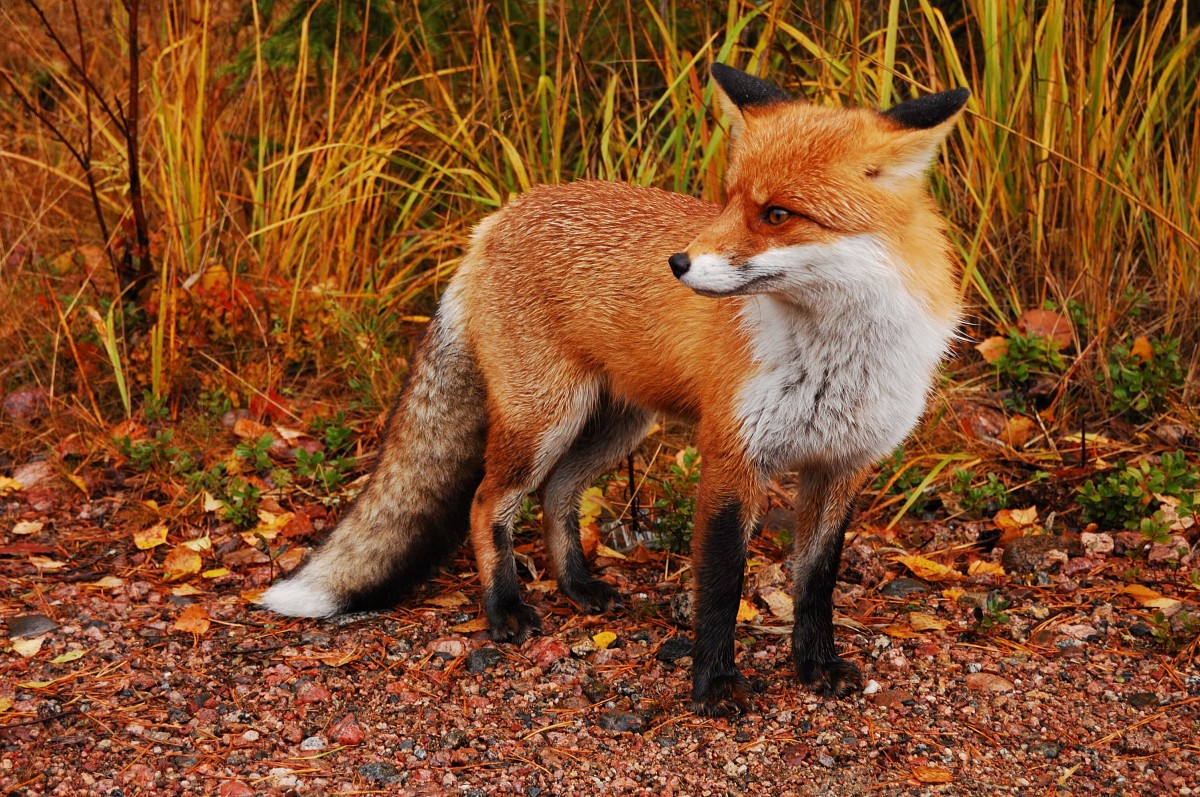
Human Interaction
The relationship between red foxes and humans is complex. In many cultures, foxes are celebrated in folklore and mythology, often depicted as clever and resourceful creatures. However, they can also be seen as pests, especially in agricultural areas where they may prey on livestock or damage crops.
Urban foxes have become a common sight in many cities, where they are both admired and vilified. Some people appreciate their adaptability and resilience, while others are concerned about the potential for disease transmission and conflicts with pets.

Conclusion
The red fox is a remarkable example of nature’s adaptability and resilience. Its ability to thrive in diverse environments, combined with its striking appearance and intriguing behavior, makes it one of the most fascinating animals in the world. As humans continue to encroach on natural habitats, understanding and appreciating the role of the red fox in our ecosystems is more important than ever. By fostering coexistence and promoting conservation, we can ensure that this iconic species continues to thrive for generations to come.

